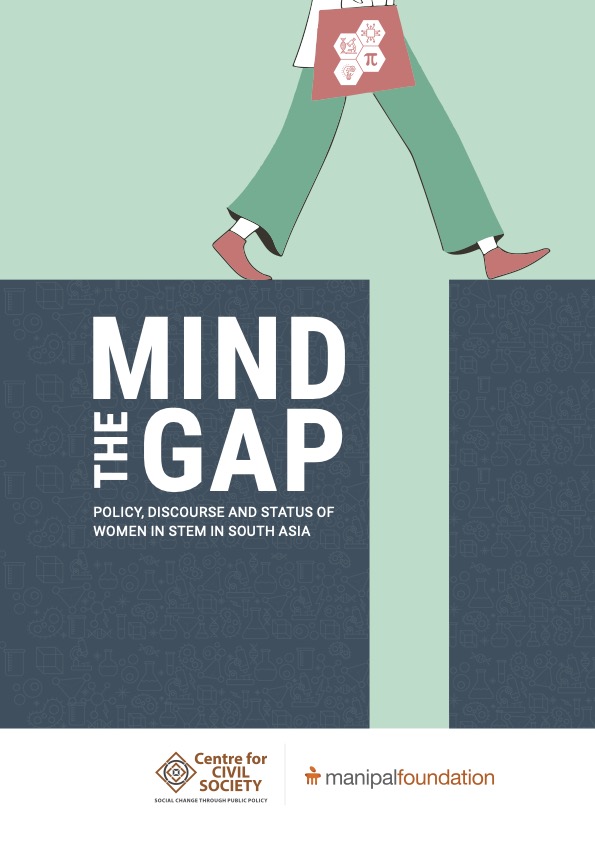South Asia as a region performs the most poorly on the gender gap when compared with other regions around the world—having closed only 62.4% of its gender gap in 2022. Women are not just underrepresented in the political sphere in South Asian countries, they are also largely absent from leadership roles among key ministries dealing with Science and Technology. A leaky pipeline phenomenon is visible in most parts of the region, as women start dropping out (leak out) of the potential STEM workforce. Among the women who join STEM education and careers, many prefer certain disciplines over others, depicting the gendered societal notions of STEM fields. In this context, this report aims to assess the status of women in STEM in the South Asian region. For the same, we have utilised statistics, gathered qualitative insights from stakeholder interviews, analysed how women are represented in S&T policies, mapped policy tools used to advance women in STEM and remarked on the gender responsiveness of budgets in South Asian countries. We hope our report provides valuable insights on the issue of the gender gap in STEM; perhaps enabling a course correction in policies, discourse as well as the status of women in the South Asian region.

Researching Reality 2025 – Policy Research Residency Program by Centre for Civil Society
The compendium "Trust-Based Governance: Decriminalisation for Development" emerges as a crucial response to India's pressing need for legal reform amidst its evolving governance la


